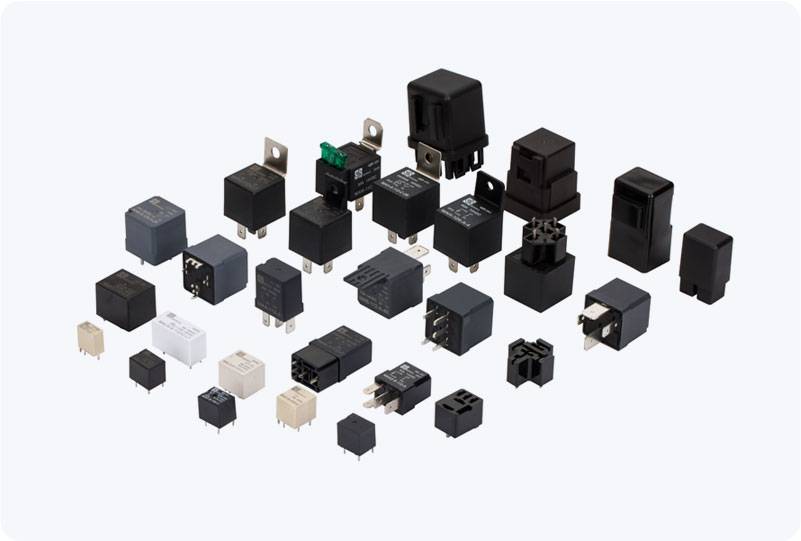Arc suppression is a critical issue in electrical systems, particularly when dealing with the opening of high-current circuits. Electric arcs can cause severe damage to components, shorten their lifespan, and even pose safety hazards. An effective solution to mitigate such risks is the use of the Arc Suppression Relay (ASR). This article delves into the importance, working principle, and applications of the Arc Suppression Relay, shedding light on its role in enhancing the reliability and safety of electrical systems.

What is an Arc Suppression Relay? An Arc Suppression Relay (ASR) is a device designed to suppress or extinguish electric arcs that form when an electrical circuit is interrupted. Electric arcs are a natural consequence of opening high-current or inductive circuits. These arcs can cause significant damage to electrical contacts, generate heat, and potentially lead to fires or other safety issues. The ASR is engineered to mitigate these effects by controlling the arc’s formation and duration, ensuring the safe operation of electrical switches, breakers, and relays. The Role of Arc Suppression Relay in Electrical Systems